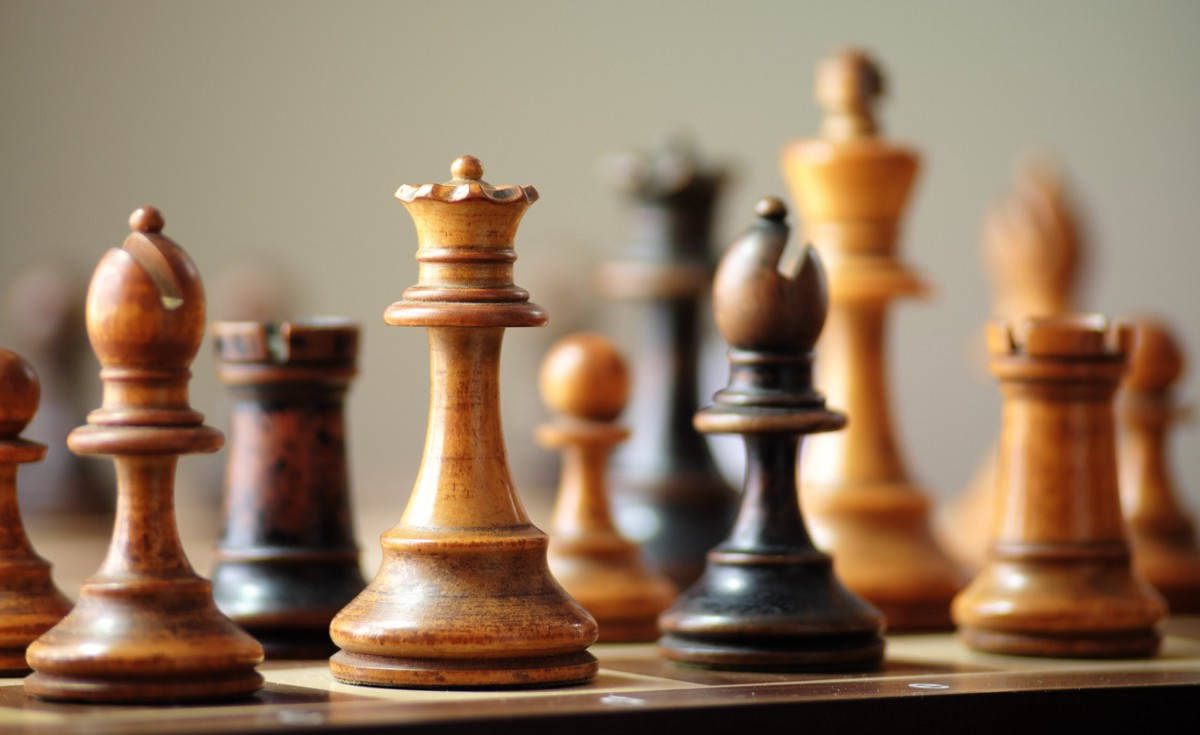Our knowledge on PCB Fabrication is very limited, and learning this skill and perfecting it to develop a correct PCB will be a challenge. For this, we have started with the PCB Fabrication step first, to give us enough time to perfect it with the help of our TAs (if needed). We also feel like there might be a slight challenge in understanding how the hall sensors might work, and distinguishing between individual pieces for each color based on the hall effect sensor. We are working with our TAs and also doing our individual research to get a better understanding of Hall Effect sensors. We plan to tackle our weak spots for this project initially, thereby giving us enough time to perfect the project.
In terms of design, we opted out of using chess.com’s public API since it did not provide the ability to make moves during live games. As an alternative, we have chosen to use lichess.org’s API since it provides a larger range of capabilities, such as making moves during a live chess game. We have also started contemplating the possibility of incorporating extra magnets in our chess piece designs in order to distinguish each individual piece in our smart board based on a variety of magnetic field strengths. This would allow us to guarantee the integrity of the board at all times, not just based off trusting the user to place all the pieces where they’re supposed to be.
Our project includes considerations for user accessibility, our main target audience is the community of visually impaired chess players who are seeking to experience online chess with the rest of the chess community. Through our project we hope to bridge the gap between the visually impaired chess players and the rest of the online chess community.
